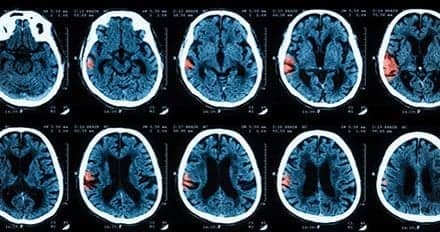 |
| David Orloff, BS, RRT |
Long-term acute care hospital (LTAC) is a term that is being heard more and more during rounds in the acute care hospital ICU. LTACs are specialized units that focus on specific medical problems ranging from pulmonary disorders, to weaning from mechanical ventilation, to severe wounds and infections. LTAC patients also are given physical therapy, occupational therapy, nutritional therapy, and, when necessary, pain management. The average length of stay ranges from 25 to 29 days, depending on the situation. Patients are typically transferred to an LTAC unit after a relatively short stay in an acute care hospital’s ICU.
Unlike at most acute care hospitals, generally there is a low trach collar patient-to-therapist ratio. Respiratory therapists working on an LTAC unit also are not responsible for covering any additional sections/departments in the host hospital. This time allotment contributes greatly to the weaning success of previously diagnosed “failure to wean” or “ventilator dependent respiratory failure (VDRF)” patients.
At Specialty Hospital at Kimball Medical Center (a 25-bed LTAC unit equipped to handle 25 ventilated patients), located in Lakewood, NJ, several factors contribute to the success of mechanical ventilator liberation.
One essential factor is a physician-guided/RT-driven mechanical ventilator weaning protocol. With the weaning protocol in place and use of a multidisciplinary team approach, respiratory therapists are given the autonomy to make bedside decisions aggressively but safely when completing their weaning assessments and trials.
A second factor is our department’s experience. All of our respiratory therapists have been in the profession for more than 10 years. This experience level makes Specialty Hospital’s RTs uniquely qualified to make bedside decisions.
The third factor is a relatively new tool that our department utilizes—a cardiac output monitor that provides the practitioner with a noninvasive inside look at how well a patient is doing regarding their weaning progress, something that was not available previously. With this “next generation” device, the practitioner can plug in arterial blood gas values and be instantly provided with valuable information like the Vd/Vt ratio, which allows the practitioner to see pulmonary dead space and evaluate the patient’s potential for weaning success. The device also monitors volumetric carbon dioxide elimination (Vco2), alveolar tidal volume (Vt[alv]), and alveolar minute volume (Va). This information is useful because it provides the practitioner with a minute-by-minute CO2 elimination volume and effective Vt(alv) during a spontaneous breathing trial, and does not require a blood sample to generate the data.
In conclusion, respiratory therapists who work on an LTAC unit are allowed more time to assess and successfully wean their patients due to a multitude of factors ranging from the low RT-to-patient ratio to the multidisciplinary team approach and the technology that is currently available. This collection of tools and talent make LTACs a vital part of the health care community and RTs vital to LTACs.
David Orloff, BS, RRT, is respiratory therapy supervisor, Specialty Hospital at Kimball Medical Center, Lakewood, NJ. For more information, contact [email protected].









